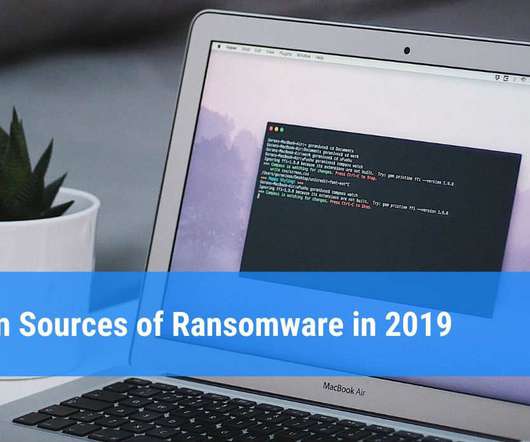The mobile malware threat landscape in 2023
SecureList
FEBRUARY 26, 2024
million malware, adware, and riskware attacks. The most common threat to mobile devices was adware: 40.8% The year’s trends Malware, adware, and riskware attacks on mobile devices dipped in February, only to rise steadily until the end of the year. By contrast, adware activity on user devices increased. 14.82 -1.81




















Let's personalize your content